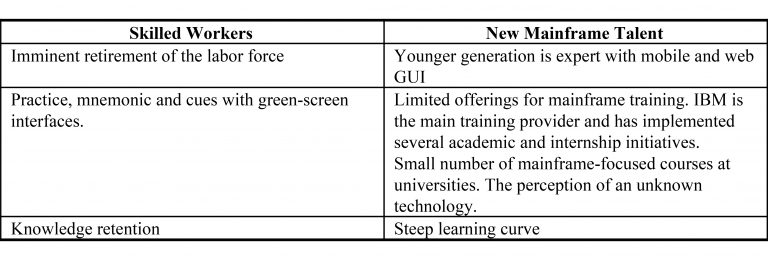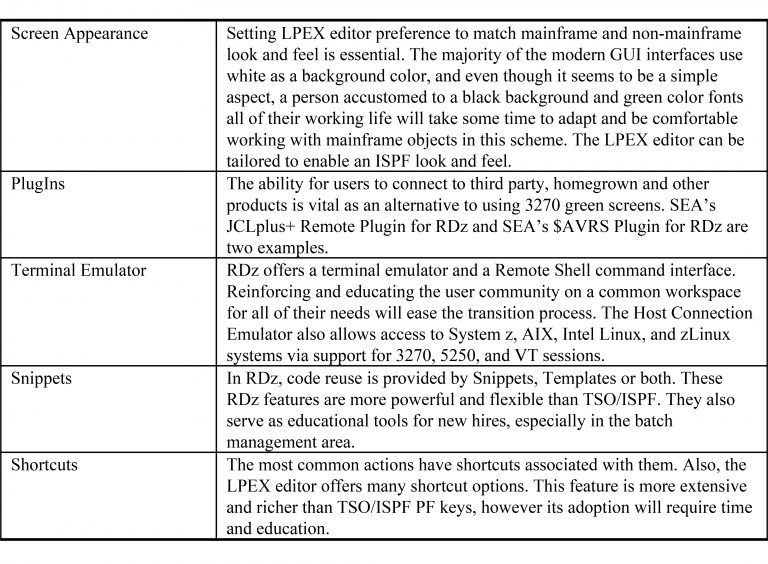
IBM RDz for System z adoption – The Baby Boomers versus Millennials Dilemma
Rational Developer for System z (RDz – now called IDz) is IBM’s Integrated Development Environment (IDE) for mainframe developers, and its main function is to streamline the z/OS development process and modernize the conventional TSO/ISPF user interface, developed in the early 70s, into a structured and contemporary Graphical User Interface. This new framework not only empowers TSO developers and others, but also simplifies maintenance and support tasks.
Despite the numerous benefits of this new working paradigm, organizations committed to this technology are lagging behind and facing major roadblocks on its adoption. The paradox is that while developers and administrators in other operating platforms have adopted structured Graphical User Interfaces, rather than traditional raw terminals, the z/OS users still rely on terminal emulation to access mainframe-based applications (referred to as green screen).
Development and Technical Support Manager Surveys show that there are two human factors, or opposing forces, in the mainframe workplace to consider when adopting this technology: the skilled workers, many of whom grew up with the platform (baby boomers), and younger IT professionals entering the mainframe workforce. According to IBM predictions, as the use of the platform continues to grow, a considerable number of administrators and developers will be needed in the next several years. IBM estimates that more than 37,000 new mainframe administrator positions will emerge worldwide by 2020, and because today’s mainframe administrator might retire by then, this estimate grows to more than 80,000 mainframe administrators that will be needed by 2020[i] . On the other side, the US Bureau of Labor Statistics estimates that more than 800,000 new and replacement administrators will be needed across all IT platforms by 2020.
The table below depicts some considerations of these opposing forces:

The skilled workers represent the major obstacle to overcome. Despite high-level organizational project plans and best practices, the articulation of specific features are crucial to facilitate the adoption process. Following is a list of some of these items:

Summary
In this article, we have presented a set of technical bits to be considered in the RDz rollout practices in order to mitigate rejections and to effectively ease the acceptance of this modern integrated development environment by the user community.
[i] Farmer, Emily and Casile Michael: Mainframe Modernization and Skills: The Myth and the Reality. IBM corp. 2014




